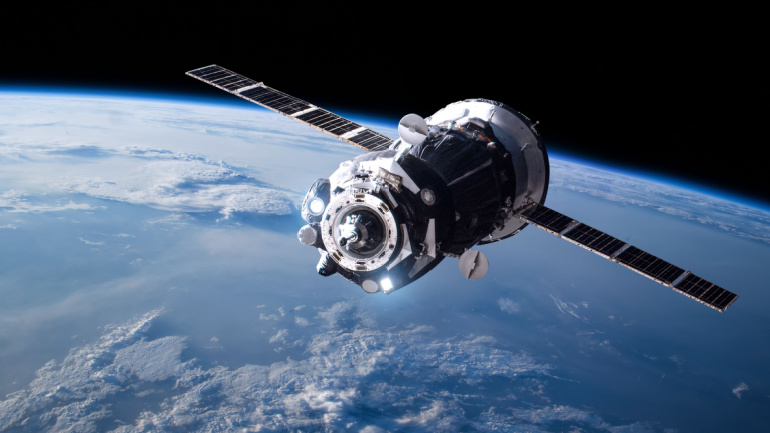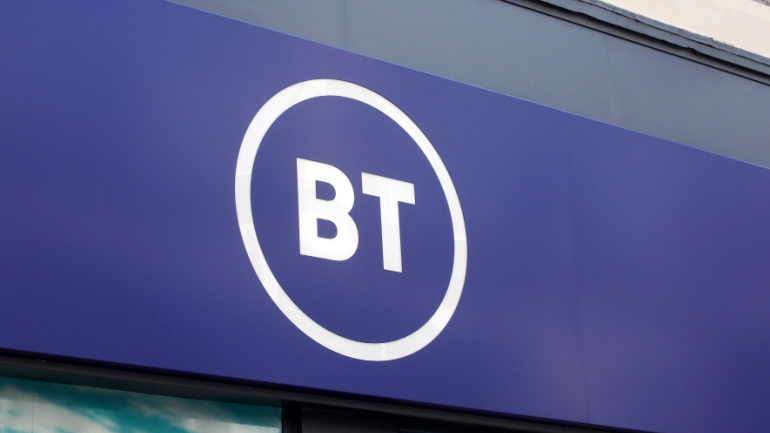In an ambitious move to enhance mobile connectivity across Japan, Rakuten Mobile has announced its plan to offer satellite-to-mobile services by 2026, partnering with AST SpaceMobile. This initiative aims to leverage AST SpaceMobile’s space-based cellular broadband network, enabling direct access to smartphones for text messaging, voice, and data services.
In a significant development for remote connectivity, Telstra, the Australian telecom giant, has initiated the transition of its remote mobile sites to the low Earth orbit (LEO) satellite network provided by Eutelsat OneWeb. This move marks a departure from the traditional geostationary (GEO) satellites, aimed at reducing latency issues and meeting the growing demand for real-time services among customers.
In a groundbreaking move, Viasat, Inc., alongside Terrestar Solutions, Ligado Networks, Omnispace, and Al Yah Satellite Communications Company (Yahsat), have come together to announce the formation of the Mobile Satellite Services Association (MSSA). This new consortium is set to enhance and promote the burgeoning Direct-to-Device (D2D) communication landscape, promising to deliver unprecedented scale and diversity in mobile satellite services.
In a significant development in the field of satellite communications, Hellas Sat has joined forces with Thales Alenia Space, a collaboration between Thales and Leonardo, under a newly signed Memorandum of Understanding. This agreement marks the beginning of their joint venture on a pioneering optical communication satellite project.
BT’s recent talks with SpaceX to leverage Starlink’s LEO satellite fleet for remote connectivity in the UK has sparked curiosity, especially given BT’s current partnership with OneWeb, Starlink’s competition. It’s speculated that Starlink’s innovative direct-to-device capabilities, which promise unblemished global coverage without a need for a terminal, could be the allure.
Iridium, taking the telecommunications industry by storm, aims to connect satellites directly to devices such as smartphones and automobiles through their Low-Earth Orbit (LEO) satellite infrastructure tightly woven on 5G. The key feature here is connecting ordinary smartphones straight to satellite connectivity.
In a strategic move aimed at bolstering Norway’s space capabilities, Telenor Norway has successfully concluded the sale of its satellite business to Space Norway for a staggering NOK 2.36 billion ($228 million). The transaction, which received approval from the Norwegian Parliament just before Christmas, marks a significant shift in ownership of Telenor Satellite, a leading European provider of satellite TV broadcast and VSAT data communications services for maritime and land-based sectors.
In a groundbreaking collaboration, T-Mobile US and SpaceX are gearing up for the field testing of Starlink satellites, heralding a significant stride in eliminating mobile coverage dead zones. While the exact date for the commencement of field testing remains undisclosed, T-Mobile is optimistic about its imminent initiation, stating that the low-Earth orbit deployment of satellites sets the stage for the forthcoming trials.
In a groundbreaking development, Project Kuiper has revealed the successful testing of advanced optical communications payloads on its prototype satellites, KuiperSat-1 and KuiperSat-2. The optical inter-satellite link (OISL) capabilities, previously kept confidential, demonstrated the ability to maintain 100 Gbps links over a distance of nearly 621 miles during testing in October.
Voice of Eutelsat’s CEO Eva Berneke for satellite connectivity competition crystalizes among customers’ cry for variety. Merging with UK’s low-Earth orbit firm, OneWeb, has catalyzed Eutelsat’s evolution as a fusion of GEO and LEO capabilities. This major leap signifies a stride in service offerings, blending Eutelsat’s superior GEO satellites with OneWeb’s timely LEO constellation, aiming for a global reach by year-end.













